It’s Halloween, and we’re Michigan’s pest control company. You know what that means. Last year, we explored some of the most frightening, upsetting, and down-right ghoulish pests in Michigan. But that’s not spooky enough for this year! After all, who knows if you’ll even ever run into any of those pests. No, this year we wanted to focus on something a little closer to home.
These are four of the most horrifying, sickening, and spooky pest stories ever encountered in Michigan. The type of stuff that makes even our blood, with all its pest-crusading experience, run cold. Oh, and they all happened in the last eight years. Some of them are still happening. Happy Halloween!
Pizza-loving Rats Overrun Redford
Just this April, residents of the Redford township had to deal with a rather specific problem: pizza-loving rats. According to the news report, a veritable rat plague descended on the Detroit suburbs. The townwide infestation grew so out of control that rats seriously damaged people’s homes. And the source of the problem? A nearby Little Caesar’s dumpster that was too small. Security footage revealed the poorly-maintained dumpster had become a rather popular hotspot for furry pizza fans.
At its worst, people actually saw large rats carrying off pizza down the streets in broad daylight! One resident said he saw swarms of rats scatter whenever he started his car in the morning. Apparently, the problem was not new; one resident had a picture of a squirrel eating pizza from 2010! The longer the problem went unaddressed, the worse it became. This rather unappetizing story just goes to show you how pest problems never stay contained. The longer they go on, the more people they’ll affect–until they’re the scourge of an entire town!
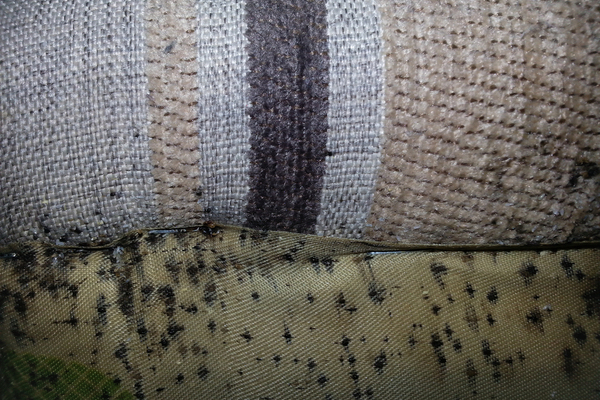
Bed bugs Shut Down the Mail
Neither rain, nor sleet, nor hail… but they didn’t account for bed bugs. Detroit has a history of bed bug problems. There were 605 reported bed bug infestations in Michigan’s largest city in 2017. This frightful number gave Detroit the dubious distinction of being the #3 most-infested city in the country. Believe it or not, however, the problem isn’t actually as bad as it has been. Back in 2010 (we know, not long enough ago), Detroit had a bed bug problem of literally disastrous proportions.
So just how disastrous is disastrous? Well, in 2010 entire business buildings had to be evacuated because of how infested they were. If that’s not bad enough for you? How about this: Detroit’s mail service stopped delivering mail to parts of the community. Mail carriers feared the bugs were actually sneaking into the mail in infested buildings and spreading via mail delivery. The fear is warranted: bed bugs love spreading by hitchhiking on unwitting travelers. It’s part of why they’re such a huge issue in major urban centers today.
Michigan’s Monster Spider
In June 2018, workers on a boat in Elkhart (near the Michigan border) discovered their vessel had a stowaway. A… rather large stowaway. Specifically, they found a fishing spider of unusual size. It was six inches long. It was… six inches long. For reference: US dollar bills are about six inches long. An iPhone is only about five inches long. Spiders should not be six inches long. And it was on a boat.
Luckily (for these boating workers, and all of us, really) fishing spiders are harmless. They also don’t usually get that big… though, obviously, it does happen. Fishing spiders live near water so they hunt waterborne insects and sometimes even small fish. We’re… guessing that six-inch spider caught some fish. Fishing spiders catch this prey by feeling for ripples the prey makes along the water. When they sense these ripples, they race across the surface of the water to catch up to their target. Ok, that’s enough. We’re moving away from fishing spiders now. And water. Forever.
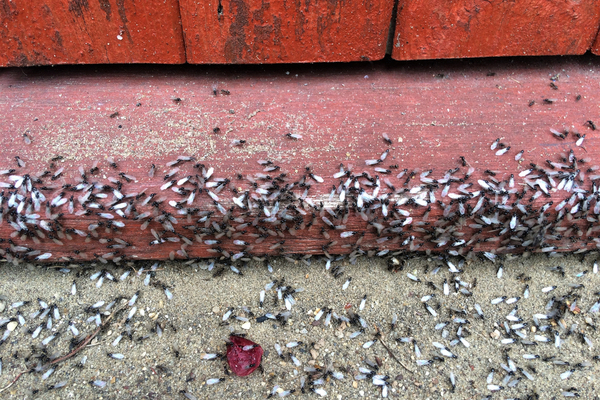
Flying Ants Take Over Michigan in a Day
No, that heading is somehow not hyperbole. It just happened, in fact: we wrote about it just last month. For one day, around labor day, flying ants suddenly appear in overwhelming numbers. The frightening flying members of Formcicidae family darken windows, cover cars, and menace unsuspecting pedestrians. It happens like clockwork at almost exactly the same time every year, and with nearly the same ferocity. Even more bizarre, the ants tend to vanish just as quickly as they appeared.
Of course, as with everything else in nature, there’s an explanation. In this case, the explanation is breeding (nature has… patterns). Flying ants are the reproductive caste of ant colonies. They swarm so they can seek mates and spread out to form new colonies. Around labor day happens to be the time of year when many ants happen to swarm at once. It also always happens on a clear, sunny day when it’s not too windy. The ants seem to disappear because, for the most part, they die! Flying ants basically only live to reproduce. Again, patterns in nature.
Did you notice any other patterns in these stories? Other than the fact that they all made your skin crawl, we mean. No matter how horrifying or inexplicable the pest story may seem, there’s always an explanation. That’s how pest infestations work: there’s always a reason they happen, and there’s always a way to stop them.
If you need help stopping a pest infestation, give Griffin a call. Our experts are ready to exorcize even the most horrifying, incomprehensible, evil pest infestations. Yes, even if they somehow involve giant fishing spiders. We’ll do it! Just… try not to get giant fishing spiders. For us.

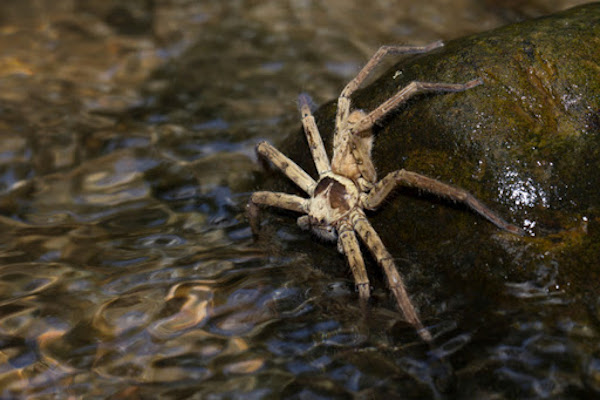
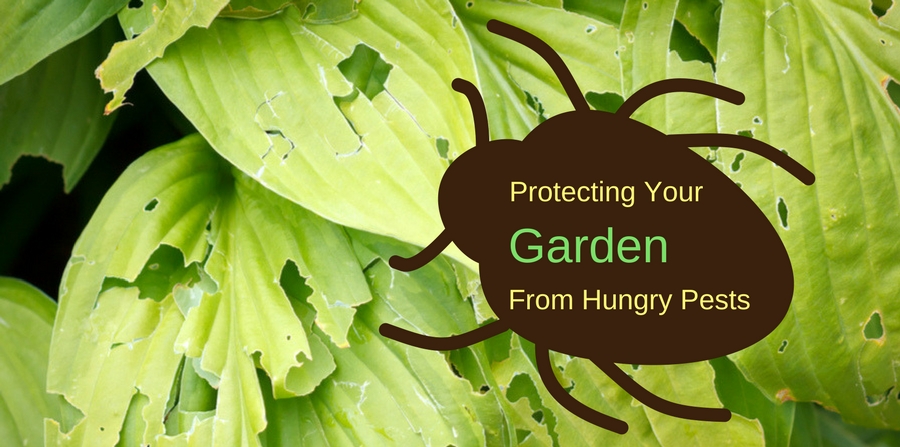
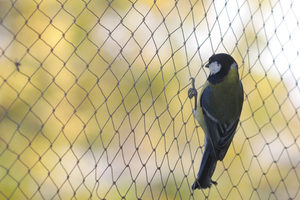 Obviously, bird netting was designed to restrict birds from accessing gardens, but it’ll work on other flying pests too. Bird netting is a relatively simple product you can find at most hardware stores.
Obviously, bird netting was designed to restrict birds from accessing gardens, but it’ll work on other flying pests too. Bird netting is a relatively simple product you can find at most hardware stores. 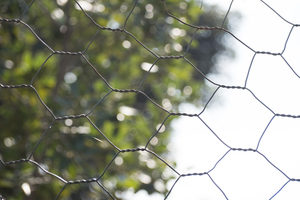 Chicken wire fencing works great for protecting against bigger pests. It’s simple, tough, easy to install, and it still lets sun into your garden. To start, get some chicken wire from your local hardware store. Make sure you get enough to build about a three-foot high fence around the perimeter of your garden. Give yourself an extra inch or so of wiggle room, because you’ll want the fence to protect against burrowing pests, too.
Chicken wire fencing works great for protecting against bigger pests. It’s simple, tough, easy to install, and it still lets sun into your garden. To start, get some chicken wire from your local hardware store. Make sure you get enough to build about a three-foot high fence around the perimeter of your garden. Give yourself an extra inch or so of wiggle room, because you’ll want the fence to protect against burrowing pests, too.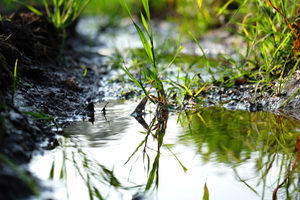 All kinds of pests are attracted to excess moisture. When you overwater your plants, water collects in the soil or on surfaces. Pests will come for that water, and stay to eat your plants.
All kinds of pests are attracted to excess moisture. When you overwater your plants, water collects in the soil or on surfaces. Pests will come for that water, and stay to eat your plants. 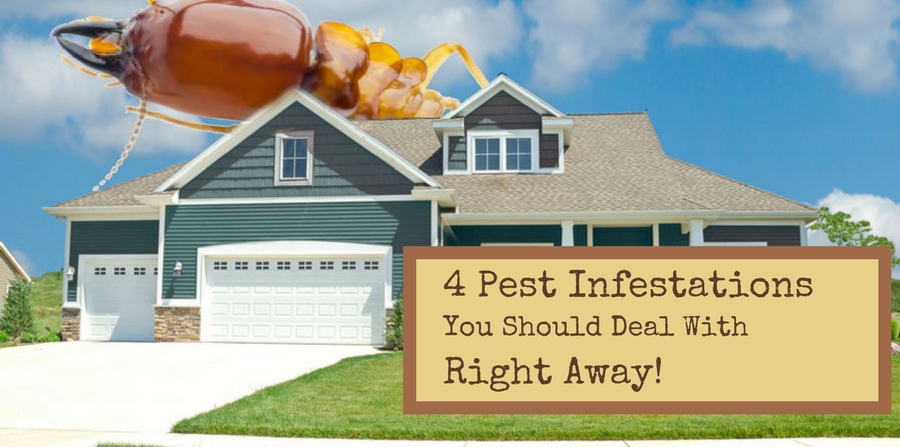
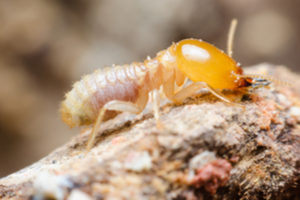 Did you know that termites never sleep? In fact,
Did you know that termites never sleep? In fact, 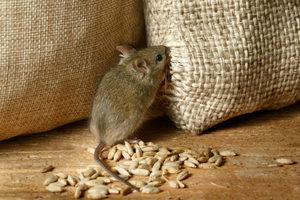 Nobody wants
Nobody wants 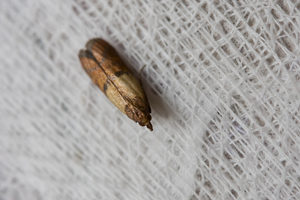 There are two main “categories” of pest moth:
There are two main “categories” of pest moth: 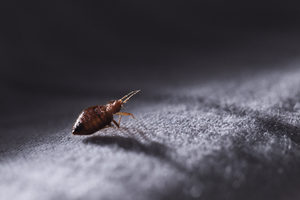 This one seems particularly obvious.
This one seems particularly obvious. 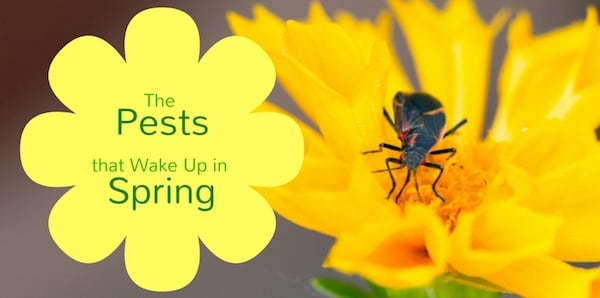
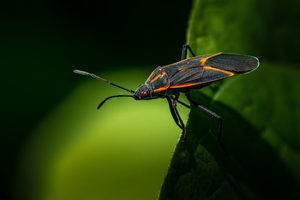 Starting in early fall, boxelder bugs go looking for dry, warm places where they can wait out the winter. Unfortunately, those dry, warm places often include our homes. When spring comes around,
Starting in early fall, boxelder bugs go looking for dry, warm places where they can wait out the winter. Unfortunately, those dry, warm places often include our homes. When spring comes around, 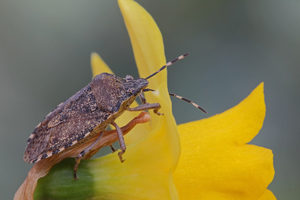 Stink bugs follow a similar seasonal routine to boxelder bugs, and they’re around for the same reasons. During fall, they desperately seek out any warm place where they can
Stink bugs follow a similar seasonal routine to boxelder bugs, and they’re around for the same reasons. During fall, they desperately seek out any warm place where they can 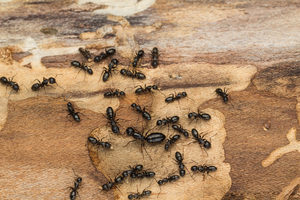 During spring, the infamous wood-infesters
During spring, the infamous wood-infesters 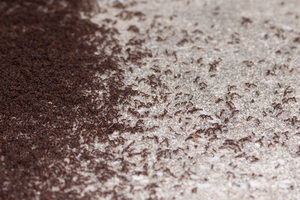 Unfortunately, carpenter ants aren’t the only ants reproducing and foraging in the spring and summer. In late spring, the brief but very active
Unfortunately, carpenter ants aren’t the only ants reproducing and foraging in the spring and summer. In late spring, the brief but very active 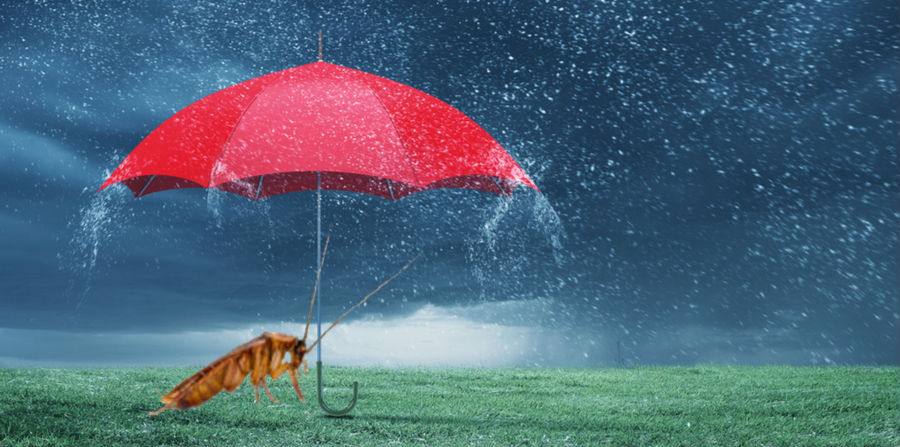
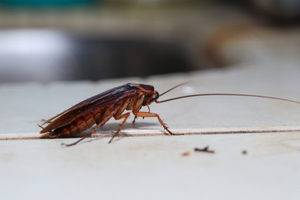 Cockroaches
Cockroaches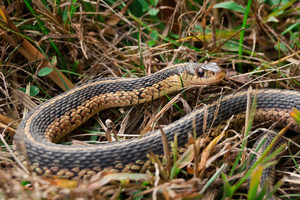
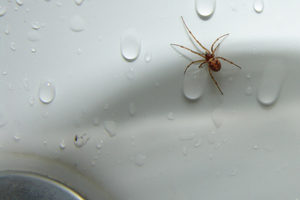 For most pests, heavy rainfall is a nuisance. While it can be a nuisance for
For most pests, heavy rainfall is a nuisance. While it can be a nuisance for 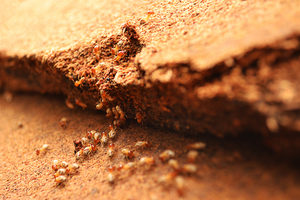 Everyone knows
Everyone knows 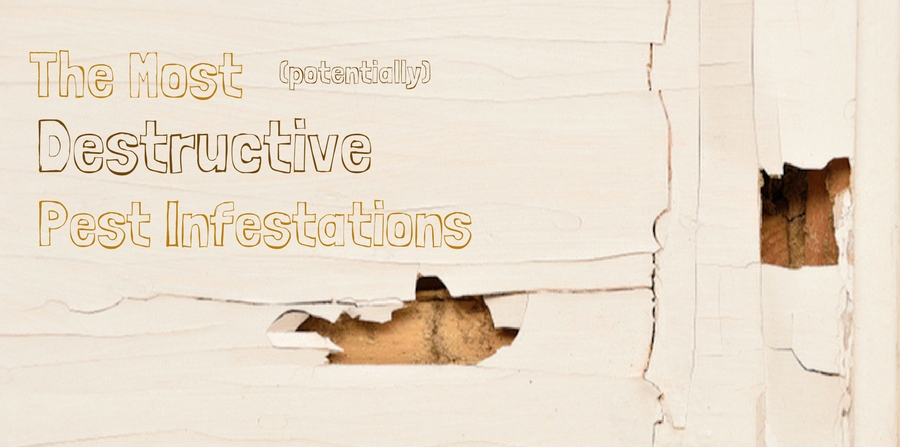
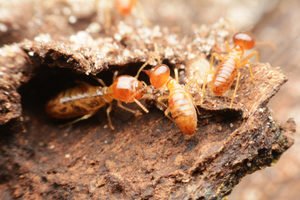 You knew
You knew 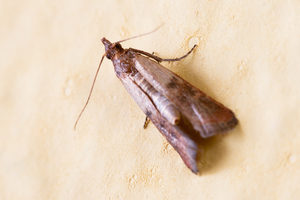 Pantry-infesting pests like the common
Pantry-infesting pests like the common 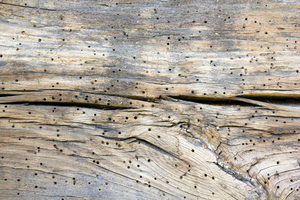 Powderpost beetles
Powderpost beetles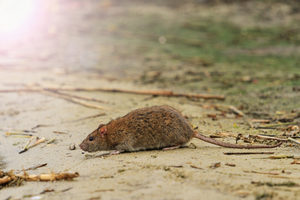 Yes, unfortunately, the extremely common mice and
Yes, unfortunately, the extremely common mice and